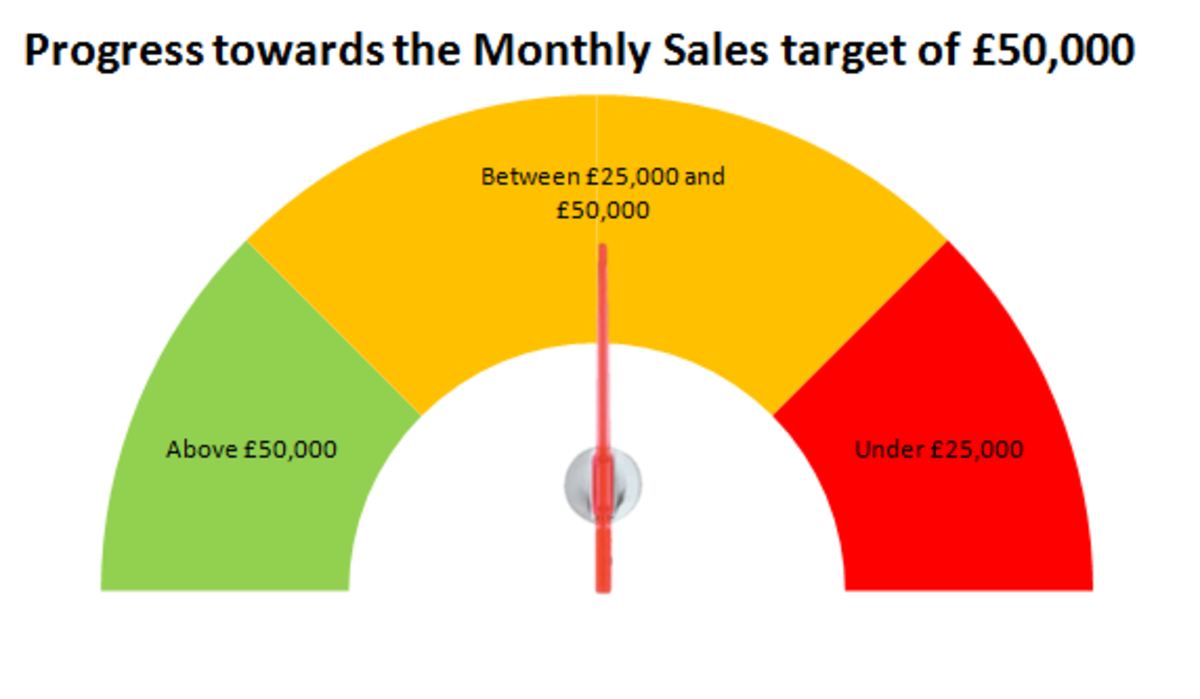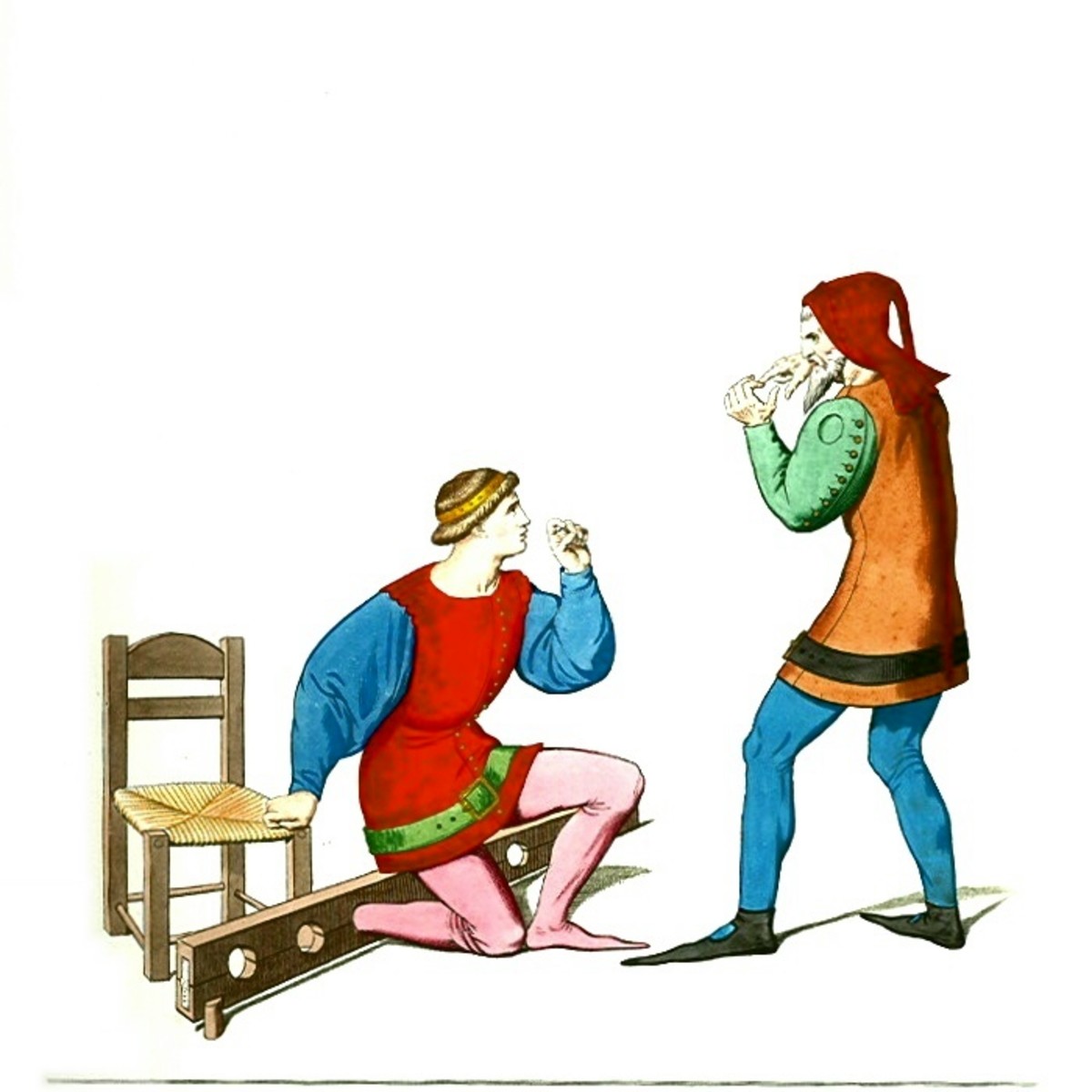Beginner Electronic Circuits
Making electronic circuits is a great hobby, it allows the you to make something useful and technological. There are many circuits around the web that are easy to build but sometimes are not explained for beginners or require some previous knowledge of electronics.
In this beginner electronic circuits hub I'll show you three types of circuits that are perfect for those that want to get working on electronic circuits.
There are "How it works" sections if you are interested in the inner workings of the circuits.It's not necesary for you to know how they work to build them, but it will help you understand the components in case you want to keep on building circuits on your own.
Simple FM Transmitter
The first circuit is a simple FM transmitter. This circuit uses a small microphone to capture the sound and some transistors to generate radio waves that can be picked up by a FM receiver like a car stereo.
How it works:
From left to right, the first part is the microphone and some resistors to get it working. Next we have a capacitor and the first transistor, this amplifies the sound from the microphone so that it can be loud enough to work with. The last part, there is a transistor, a coil and some capacitors. This part generates the radio waves and combines them with the sound from the mic to transmit it thru the antenna.
The coil is made with about 9 turns of wire, use a pencil to get the right diameter for the coil. The capacitor with the arrow is called a trimmer capacitor, it has a small screw to adjust the value, we'll use it to tune a certain frequency or station to transmit on.
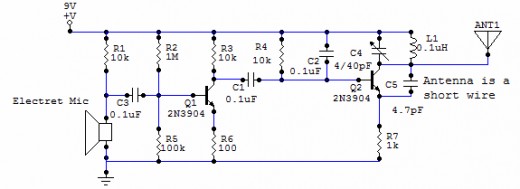
Led Flasher using a Timer
This is another very easy to build circuit. It is built around one of the most popular timer integrated circuits, the 555 timer.
This circuit will flash the led on and of at regular intervals.
How it works:
From left to right, the two resistors and the capacitor set the time it takes to turn the led on or off, by changing the time it takes to charge the capacitor to trigger the timer. Next is the 555 timer, this is where all the work gets done to determine the time the led stays on and off. It contains a complicated circuit inside, but since it is packaged in the IC it can be used as a simple component.
The two capacitors that are right of the timer are just accesories so to speak, but are needed for the timer to work correctly. The las part is the resistor and the led, the resistor is there to limit the current on the led so that it won't burn.
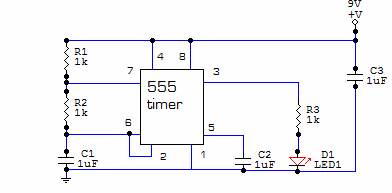
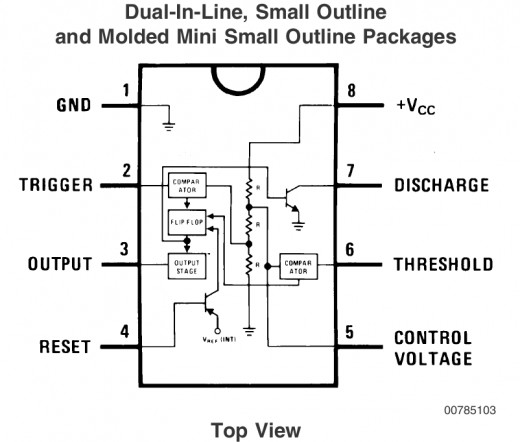
Digital Voting
This circuit uses digital electronic circuits to simulate a voting system of three judges. When two or more judges vote in favor then a buzzer will sound to announce a winner, if only one or none vote in favor, a red led will turn on to represent a loser.
The logic gates used are contained in the integrated circuit 7408 and the 7432 (click for image of how the gates are wired inside the IC)
How it works:
As said above, this circuit uses digital electronics. The first part is the input stage, the push-buttons represent the three judges, they are connected in a way that when the buttons are open (not pressed) the digital gates are connected to ground (digital 0).
Next are the logic gates, which is where the logic of "if two or more votes are on then output 1, if not then output 0". It consists of three AND gates and two OR gates. These logic gates come in an integrated circuit that contains for gates, so you'll only need two ICs to make this part.
The last stage is the output stage, where the led and buzzer are located.This part seems a bit more complicated tha it really is. The transistor in between the buzzer and led works as a NOT gate, what this does is that when the output of the logic gates is 0, the output of the transistor NOT will be 1, and the led will be on, when the output of the logic is 1, the transistor will output 0 and the led will turn off.
Since the buzzer is connected directly to the output of the logic, the buzzer will sound when the logic outputs 1 (5 volts).
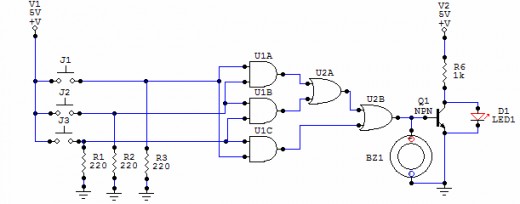
More on Digital Electronics
If you want to know more about digital electronics, you can check my tutorial on How to make logic gates with transistors.



